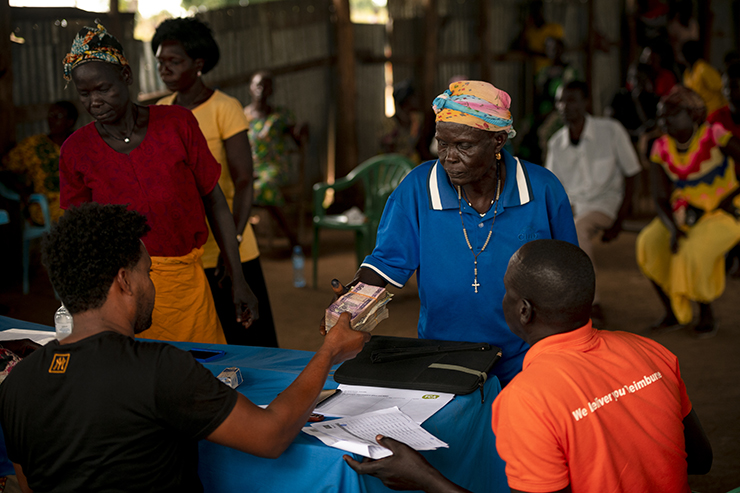Conflict, climate change and now COVID-19—those are the three main factors keeping more and more families around the world from accessing enough food.
For the fifth year in a row, the number of people going to bed hungry has increased.
That’s according to the latest State of Food Security and Nutrition in the World report just released by the United Nations.
“It’s deeply troubling to see how difficult it has become to make progress in the fight against hunger,” says Canadian Foodgrains Bank executive director Andy Harrington. “Five years ago, we were seeing global hunger decreasing. It was wonderful news, and even if the decrease was modest, it was something to celebrate. The upward trend toward greater hunger in the world we’re seeing now—it’s alarming.”
The report notes that the pandemic made it difficult to accurately measure the number of hungry people, and instead provides a range. A mid-range figure of 768 million people currently experiencing hunger points to an increase of 118 million over last year.
One of the main drivers of hunger in the report is the COVID-19 pandemic—which also made it difficult for the number of hungry people to be measured as precisely in previous years.
While the global pandemic is causing its own misery on the lives of people experiencing hunger, conflict and climate change are the other two main drivers of hunger, as they have been for several years now.
“For example, conflict and the displacement it causes in places like Syria, Yemen, and South Sudan mean many people who previously were able to earn a living and provide for their families now struggle to do so,” says Harrington. “This past year, 43 percent of our total budget was spent responding to people in need of emergency food due to violent conflict.”
The drivers of hunger are shaping how the Foodgrains Bank, its members and their partners respond to hunger needs. A recent $10 million program funded by the Government of Canada addressed the economic impact the global pandemic is having on small-scale food producers. It allowed Foodgrains Bank members and their partners to provide specialized support to farmers in several African countries, including supporting them in jointly marketing their produce to get the best prices.
Many Foodgrains Bank projects work with small-scale farmers who are disproportionately affected by climate change, and struggle with lack of rainfall and extreme weather conditions. Outside of program work, the Foodgrains Bank also engages governments and decisionmakers in encouraging support for small-scale food producers and ensuring conflict sensitivity in the delivery of humanitarian food assistance.
It’s knowing that there are concrete steps that can be taken to push back against the current increase in people facing hunger that encourages Harrington.
“Such news is certainly disheartening—but it should also strengthen our resolve,” says Harrington. “We know that reducing hunger is a goal within reach, because we’ve seen those numbers increasing before, and I’m confident that with effective action, we will be seeing them going down again.”




